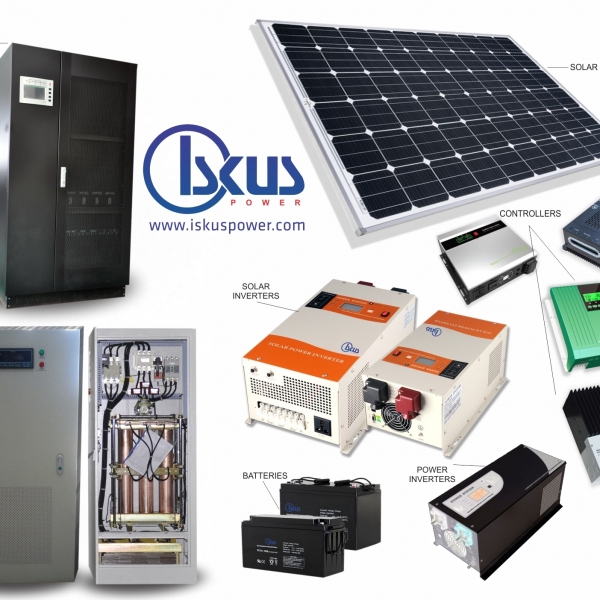About the product
Solar panel refers either to a photovoltaics (PV) module, a solar hot water panel, or to a set of solar photovoltaics modules electrically connected and mounted on a supporting structure. A PV module is a packaged, connected assembly of solar cells. Solar panels can be used as a component of a larger photovoltaic system to generate and supply electricity in commercial and residential applications. Each module is rated by its DC output power under standard test conditions, and typically ranges from 100 to 320 watts. The efficiency of a module determines the area of a module given the same rated output – an 8% efficient 230 watt module will have twice the area of a 16% efficient 230 watt module. There are a few solar panels available that are exceeding 19% efficiency. A single solar module can produce only a limited amount of power; most installations contain multiple modules. A photovoltaic system typically includes a panel or an array of solar modules, an inverter, and sometimes a battery and/or solar tracker and interconnection wiring.
The price of solar power, together with batteries for storage, has continued to fall so that in many countries it is cheaper than ordinary fossil fuel electricity from the grid (there is "grid parity"). For example in 2015, an average home in Europe or the US could use around 3000 kWh in electricity each year.[1] Twelve 280 Watt solar panels (each generating 250 kWh annually) would generate at least 3000 kWh each year, even in a cloudy country like the UK. An example market price would be about £8000 in the UK, $12,000 in the US, or €10,000 in the Eurozone in 2015, which is certain to continually fall,[2] allowing permanent energy independence for each household. Most governments have feed-in tariff systems that allow homeowner to sell surplus energy back into the grid, and make a future profit on their investment.
The price of solar power, together with batteries for storage, has continued to fall so that in many countries it is cheaper than ordinary fossil fuel electricity from the grid (there is "grid parity"). For example in 2015, an average home in Europe or the US could use around 3000 kWh in electricity each year.[1] Twelve 280 Watt solar panels (each generating 250 kWh annually) would generate at least 3000 kWh each year, even in a cloudy country like the UK. An example market price would be about £8000 in the UK, $12,000 in the US, or €10,000 in the Eurozone in 2015, which is certain to continually fall,[2] allowing permanent energy independence for each household. Most governments have feed-in tariff systems that allow homeowner to sell surplus energy back into the grid, and make a future profit on their investment.
Contact with supplier
Company
